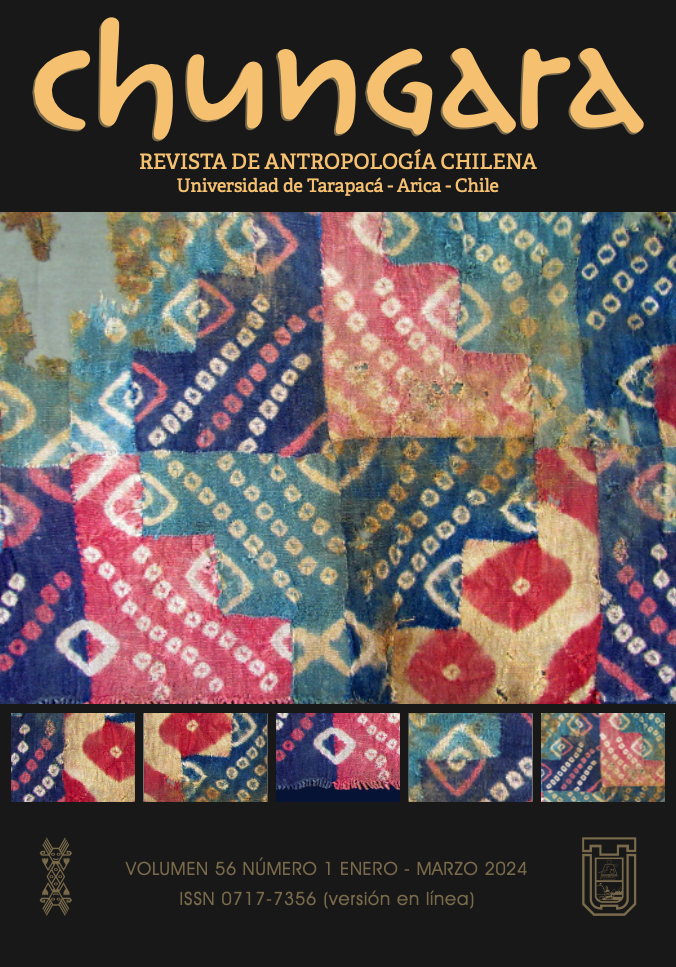BIODISTANCE IN COLONIAL CEMETERIES FROM CENTRAL-WEST ARGENTINA. A COMPARATIVE STUDY OF POSTCRANEAL MORPHOLOGICAL VARIATION
BIODISTANCIA EN CEMENTERIOS COLONIALES DEL CENTRO-OESTE DE ARGENTINA. UN ESTUDIO COMPARATIVO DE LA VARIACIÓN MORFOLÓGICA POSTCRANEAL
Daniela A. Mansegosa, P. Sebastián Giannotti and Horacio Chiavazza
This paper analyzes metric femoral morphological variation among historic populations (17th, 18th, and 19th centuries). Variables analyzed in this study include maximum femoral length, epicondylar breadth, vertical head diameter, anterior-posterior subtrochanteric diameter, medial-lateral subtrochanteric diameter, midshaft circumference and the subtrochanteric index. These variables are compared by sex, chronological period, and socio-economic status to assess morphological change and contribute to understanding population variability and the process of miscegenation. In addition, two other comparative samples, one pre- Hispanic from the same study region, and the other, medieval Spanish, are used as references for ancestral groups. The results obtained from the subtrochanteric index make it possible to differentiate between groups with different biological ancestry. These results are discussed in relation to the available historical demographic information and previous bioarchaeological investigations.
Tags: fémur, Subtrochanteric index, mixed populations, 17th, 18th, and 19th centuries







